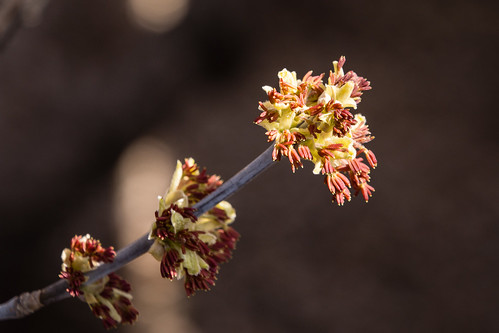“We need to turn to Mama Nature for shelter and peace. . . . What can we find there? Look to the sky...it is spring after all. Look for newly arrived birds. Look for new budding plants. Look for the tiny insect life. . . . Feel the breeze, sniff the air, feel the smooth bark of a sapling, the rough bark of mature trees.” (Dr. Joseph Conrad via Elva’s Field Notes)
Upcoming Events
Due to Covid-19, many events are being cancelled. To avoid confusion, we have removed all events from our Calendar for March and will continue to monitor the situation. Check directly with organizations to see what events they’re continuing to hold.
A great resource at this time are the nature/environmental radio programs in Regina and Saskatoon. You can catch past episodes of The Prairie Naturalist or listen to From the Ground Up (6:30-7 pm, Thursdays).
Another excellent resource is the Native Prairie Speaker Series. You can find past episodes on SK PCAP’s YouTube channel.
In Saskatchewan
Youth in Regina have just released a report: Youth Perspectives on Regina’s Energy Future. You can lend your support to the youth’s sustainability recommendations by writing to Regina City Council.
Plans are underway for the SES Solar Co-op’s seventh and largest project. The Solar Co-op has partnered with CNH Industrial for the installation of approximately 375 kilowatts or 1200 solar panels on their property in Saskatoon. A limited number of shares are now available.
From Information to Action
“Yard lists remain an understated and unsung birding pleasure” – and they’re perfect for a period of social distancing.
“The recovery of bald eagles is one of the most incredible conservation success stories ever told . . . . Solving that issue – far more complex than it first appears – can still provide a map to dealing with our biggest crises.”
Miistakis Institute, in collaboration with the City of Edmonton, has published a series of resources and case studies on using ecoroofs in cities to improve stormwater management, regulate building temperatures, reduce urban heat island effects, improve air quality, and increase urban wildlife habitat and biodiversity.
“Stone,” says architect Amin Taha, “is the great forgotten material of our time. In 99% of cases, it’s cheaper and greener to use stone in a structural way, as opposed to concrete or steel.”
If you are planning to start a Library of Things, using the existing infrastructure of a local library can help you save time and money.
Keystone species fill a critical role in their environment that cannot be occupied by any other species.
EcoSask News is a weekly round-up of local news and events. Email us if you have items you would like us to include.
You can follow EcoFriendly Sask by liking us on Facebook, following us on Twitter, or by email (top right corner).

